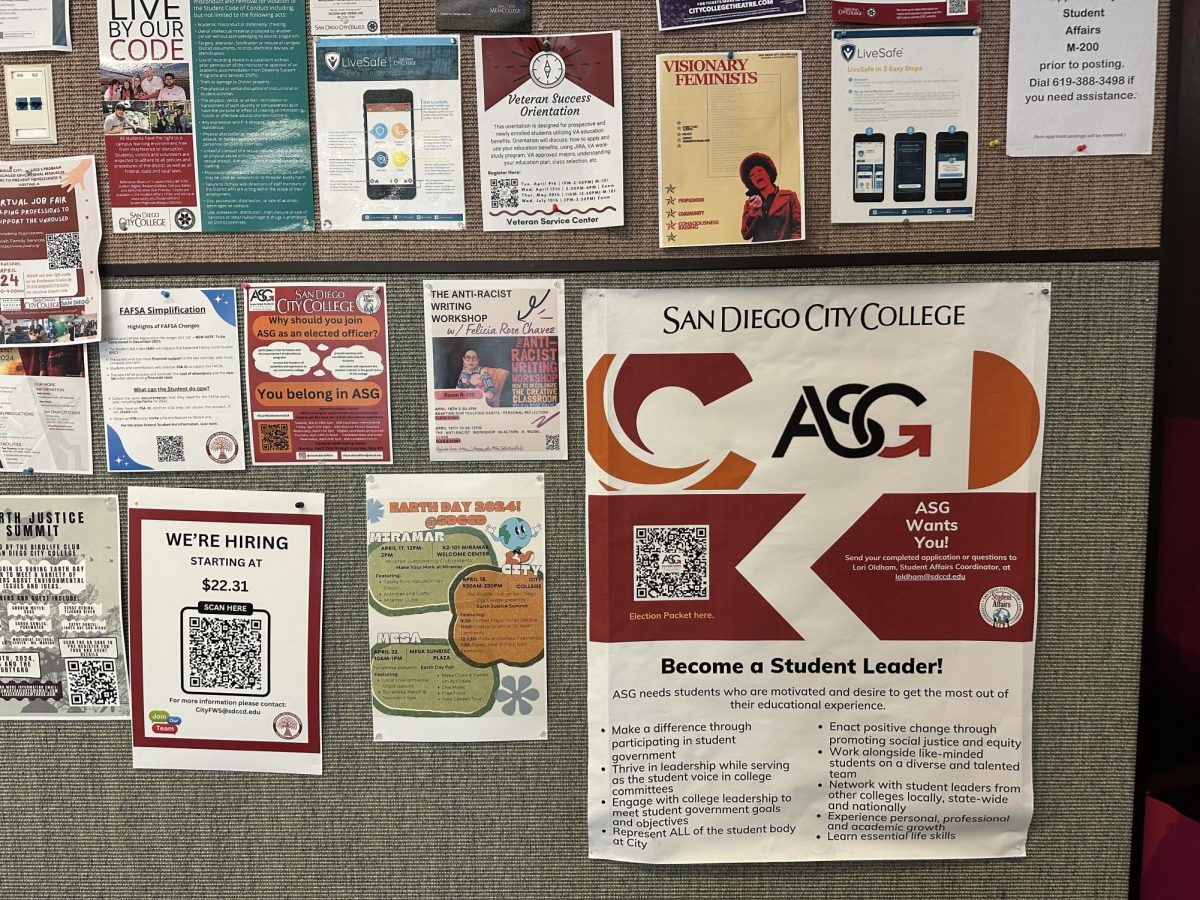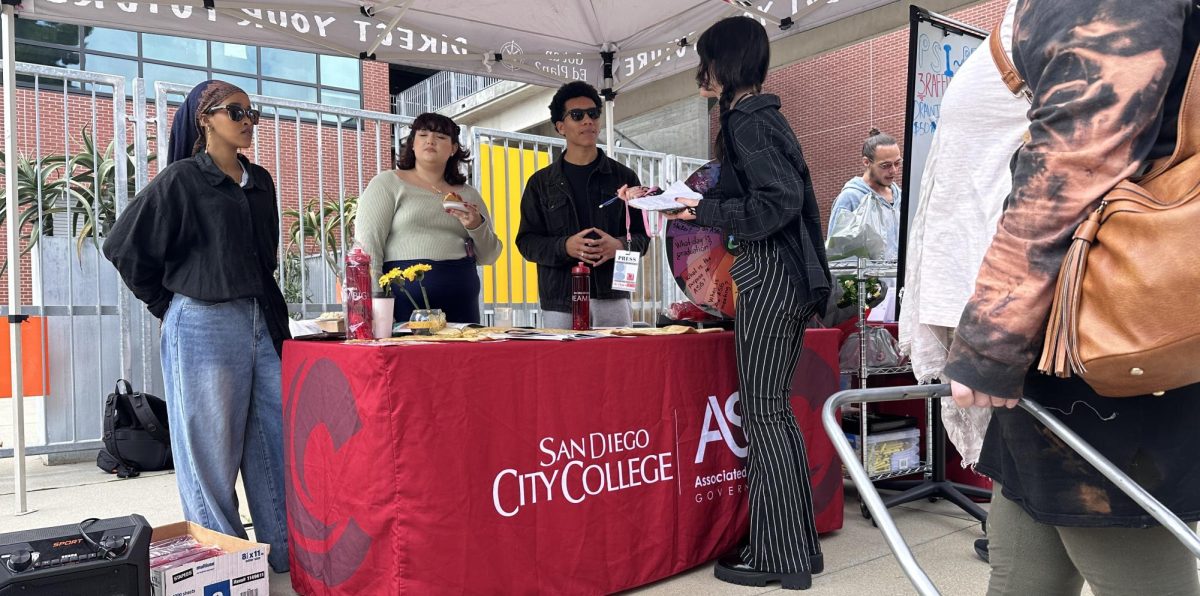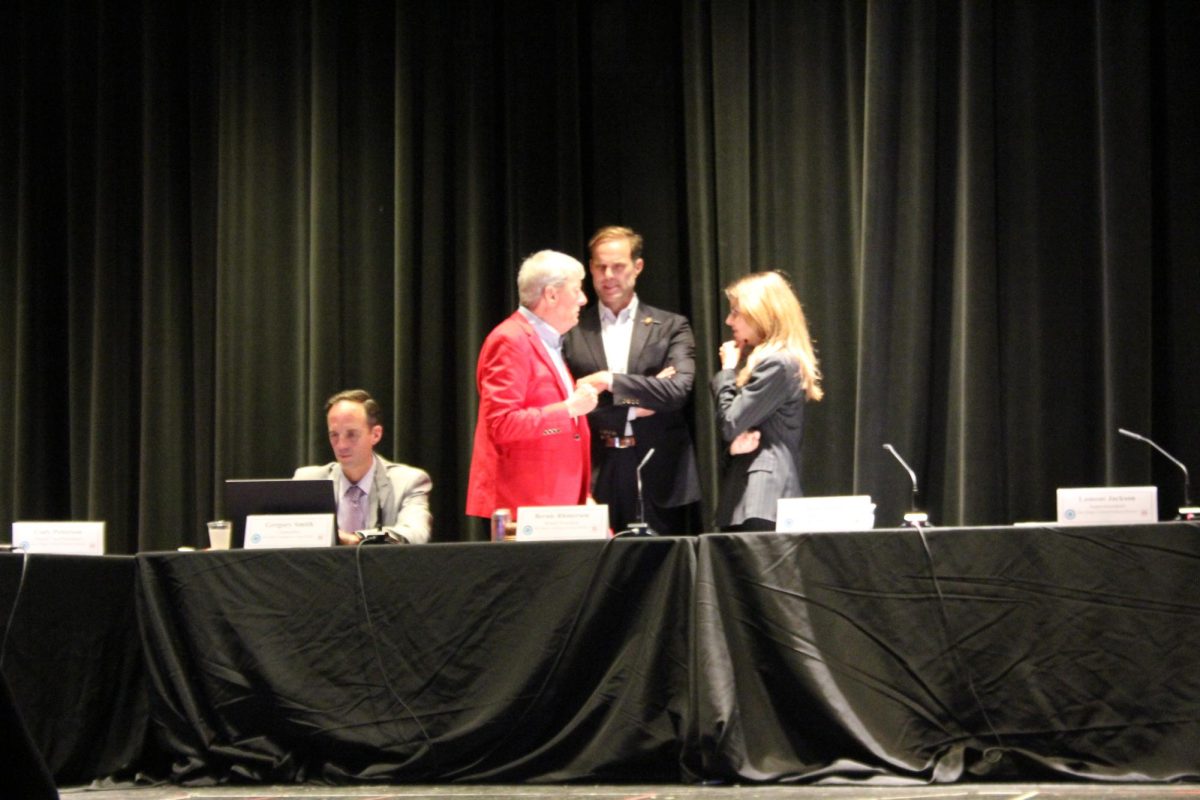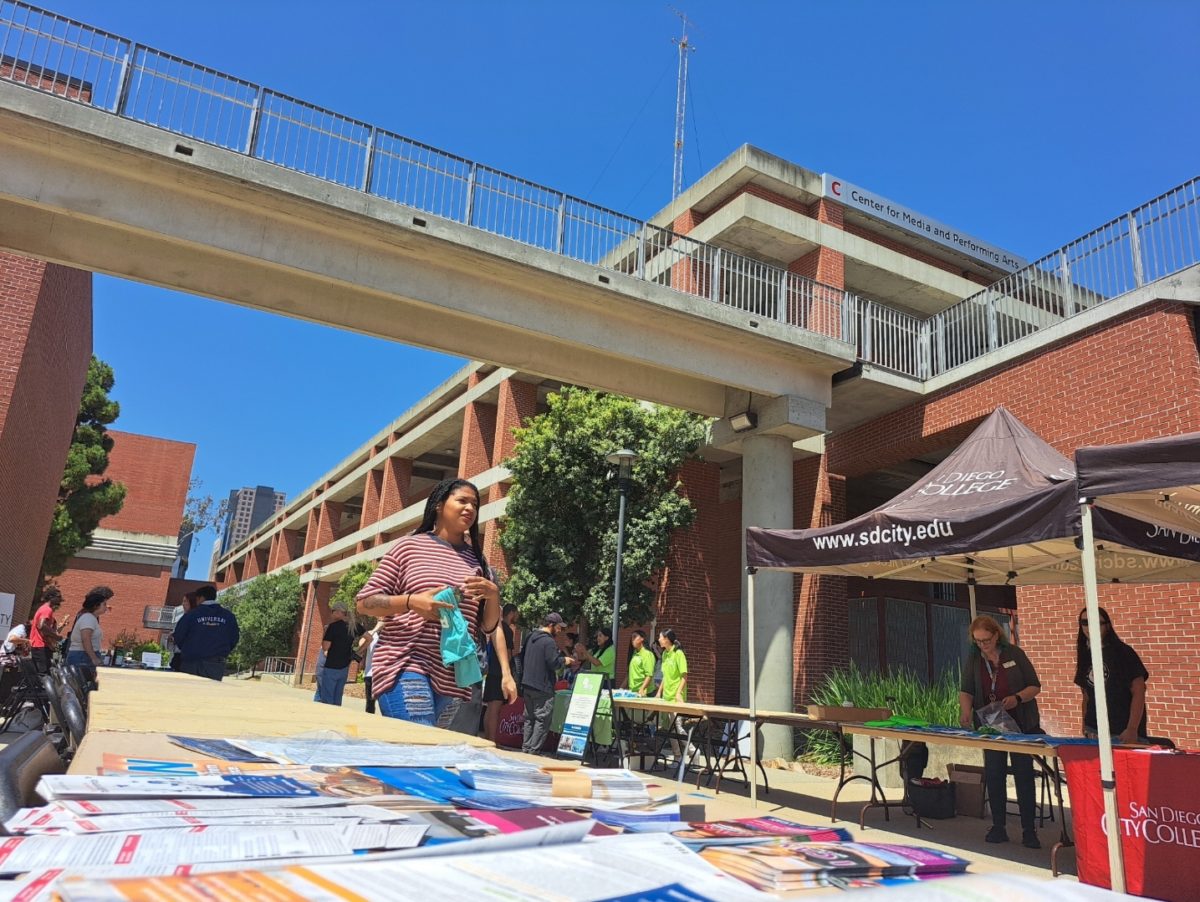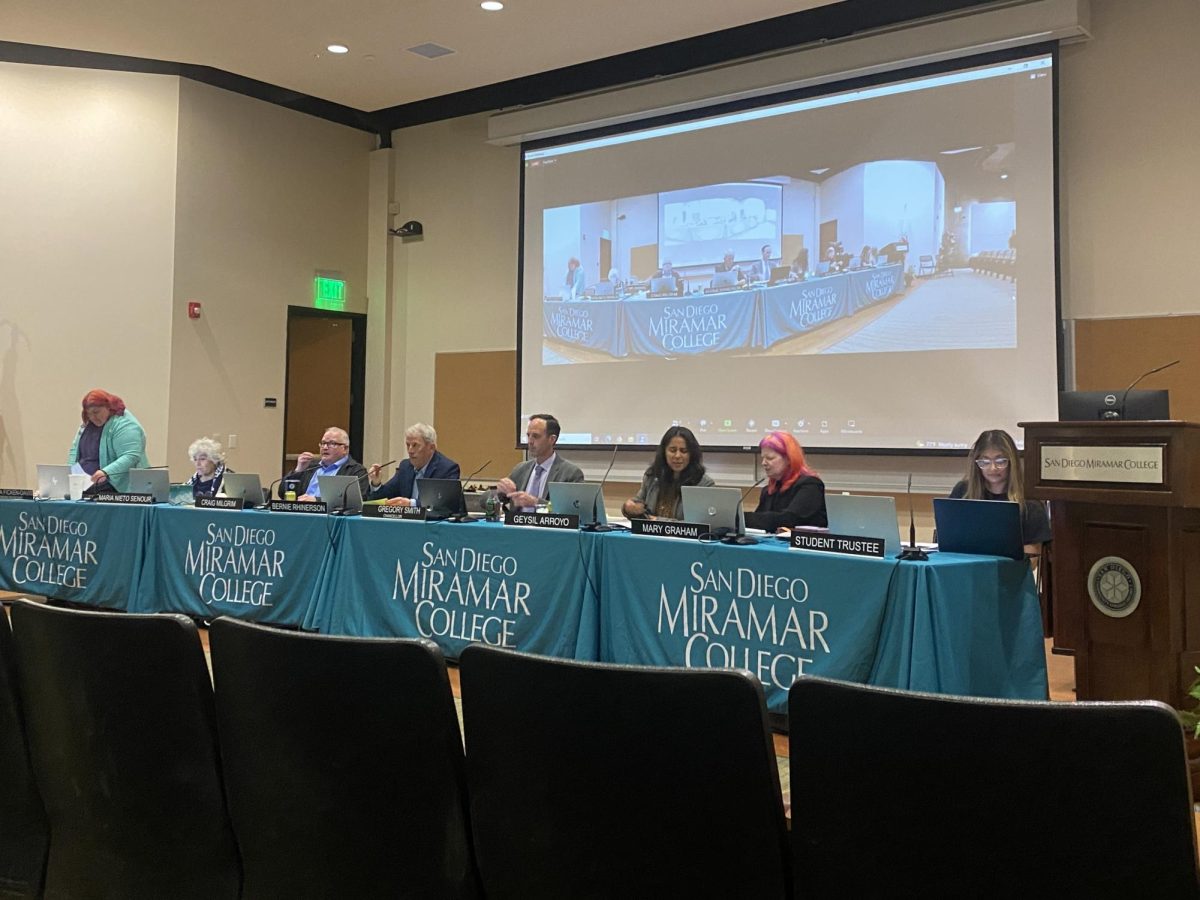“GULF,” a film about Hurricane Katrina, showed the roadside trash heaps that form when the lives of a community are forcibly intermingled by natural disaster.
The short documentary, filmed in Pascagoula, Miss., aired in split-screen with images of a serene beach juxtaposed with slowly panning video of gutted houses and battered buildings.
“I was shell-shocked by it,” biology major Roriscilla Wright said. The image in the film that stood out to her was that of a house with all the second-story windows intact and a completely ravaged lower story down below, she said.
World Cultures sponsored the screening of “GULF” on March 24, a mere two weeks after an earthquake and resulting tsunami devastated Japan. Following the screening, nascent filmmakers Anna O’Cain and Richard Keely spoke with students and faculty about the film and about dealing with natural disasters.
“We were living in tents, and we were tearing out walls and pulling out carpets and hauling mud away,” Keely said. “We didn’t anticipate making this film. We’re just artists and we travel with cameras.”
O’Cain and Keely had traveled to Pascagoula just five days after Hurricane Katrina struck the Gulf Coast town in 2005. O’Cain, a Pascagoula native, had “accidentally raised $6,000” to help the people in her hometown due to the outpouring of support from her Calif. community.
“Everyone got one of the three: gutted, flooded or slabbed,” Keely said. He explained that “slabbed” meant that the house had been blown away so that nothing but the foundation was left. If you were slabbed, there was a better chance of insurance paying for it, he said. Insurance did not pay for flood damage.
Accounting major Evie Cajayon said she sympathized with people who were left with nothing after putting their heart and money into building a home and a life.
O’Cain said Gulf Coast residents relied on their car batteries to charge their cell phones during the widespread power outages following Hurricane Katrina. They used their limited phone power to relay short messages that others outside the disaster area could pass on to friends and family.
Cajayon added that she hadn’t thought about the necessity of carrying around a cell phone car charger before attending the event.
English professor Elizabeth Meehan waited outside to talk with students from her class as they exited the screening. Meehan had encouraged her students to think critically about the images in the film. She said that she wanted her students to take note of the arguments the artists were making about Hurricane Katrina and its impact.
Hector Sarabia, one of Meehan’s students, opined, “I liked how the images of the beach were right next to the aftermath. I thought the government could have done something.”
O’Cain’s sister lost her home and business during the storm, and she spent some time in the temporary housing provided by FEMA. O’Cain arrived ready to assist her in any manner required.
Many lines had formed around the camps set up by government groups and aid organizations that were providing emergency assistance.
“So I just stood in line with her for the first three days. I stood in line and I listened to these people’s stories,” O’Cain said.

